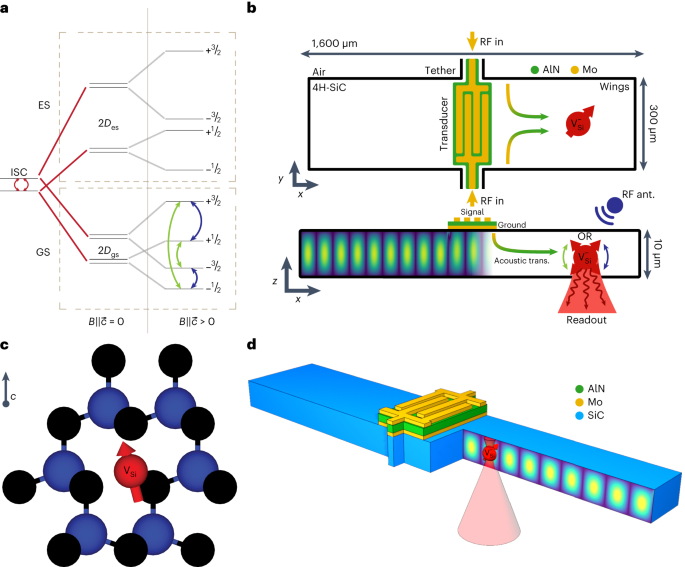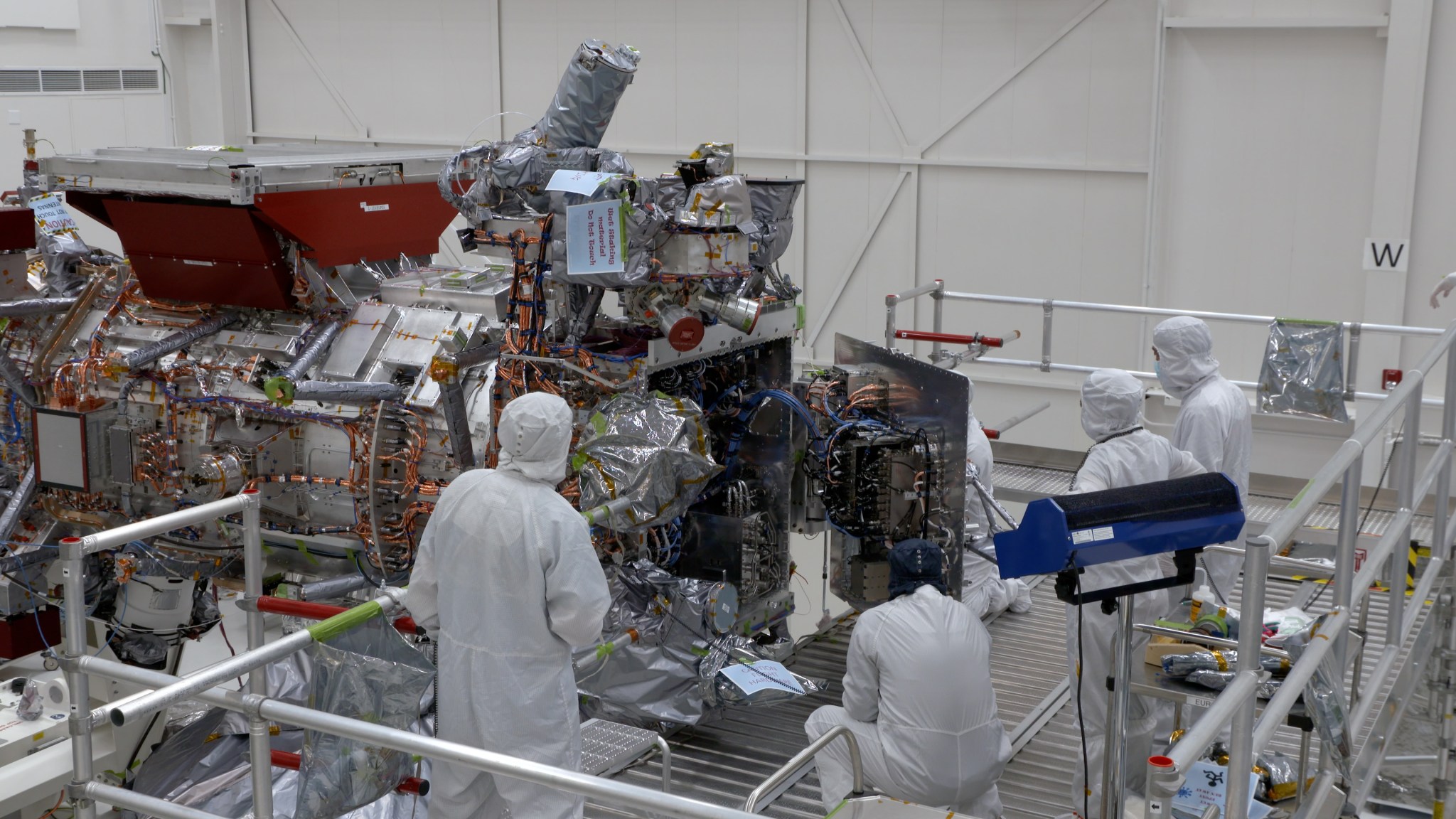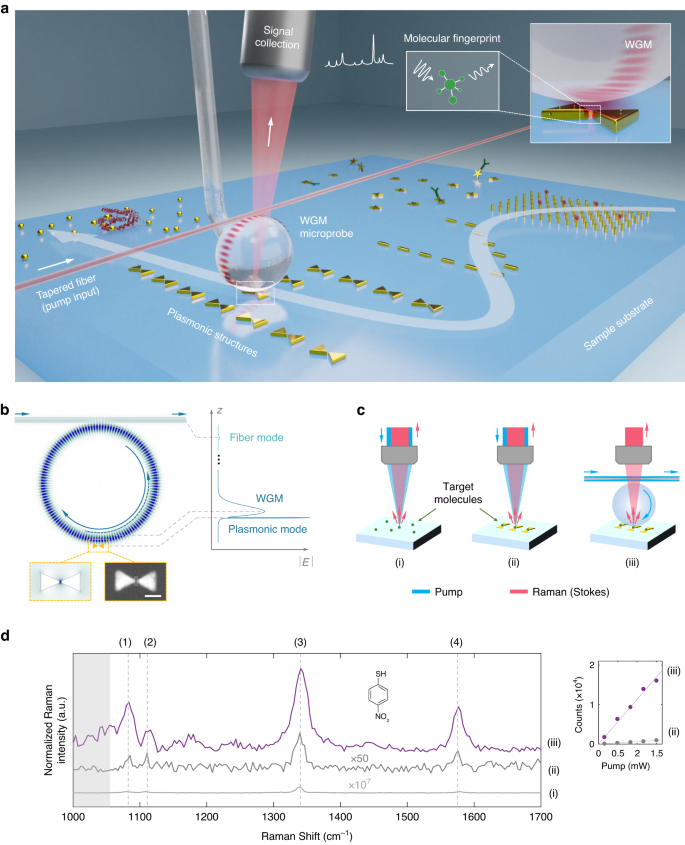2023-10-24 ハーバード大学
◆ハーバード大学とパデュー大学の研究者は、ケイ化炭素内の原子空孔を活用して音響共振器の安定性と品質を測定するシステムを開発しました。この技術は共振器の性能を監視し、さまざまなデバイスでの利用や量子情報処理に新たな可能性を提供します。また、このアプローチにより、音響共振器内部を非破壊で調査できるため、デバイスの劣化箇所や最適な動作を示すことができます。この研究は、量子技術や材料制御の新たな可能性を開くものとして注目されています。
<関連情報>
- https://seas.harvard.edu/news/2023/10/using-sound-test-devices-control-qubits
- https://www.nature.com/articles/s41928-023-01029-4
炭化ケイ素におけるシリコン空孔のスピン音響制御 Spin-acoustic control of silicon vacancies in 4H silicon carbide
Jonathan R. Dietz,Boyang Jiang,Aaron M. Day,Sunil A. Bhave &Evelyn L. Hu
Nature Electronics Published:21 September 2023
DOI:https://doi.org/10.1038/s41928-023-01029-4

Abstract
Bulk acoustic resonators can be fabricated on the same substrate as other components and can operate at various frequencies with high quality factors. Mechanical dynamic metrology of these devices is challenging as the surface information available through laser Doppler vibrometry lacks information about the acoustic energy stored in the bulk of the resonator. Here we report the spin-acoustic control of naturally occurring negatively charged silicon monovacancies in a lateral overtone bulk acoustic resonator that is based on 4H silicon carbide. We show that acoustic driving can be used at room temperature to induce coherent population oscillations. Spin-acoustic resonance is shown to be useful as a frequency-tunable probe of bulk acoustic wave resonances, highlighting the dynamical strain distribution inside a bulk acoustic wave resonator at ambient operating conditions. Our approach could be applied to the characterization of other high-quality-factor microelectromechanical systems and has the potential to be used in mechanically addressable quantum memory.



